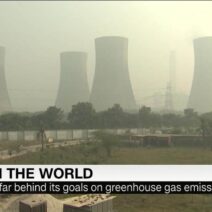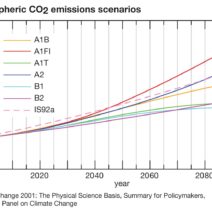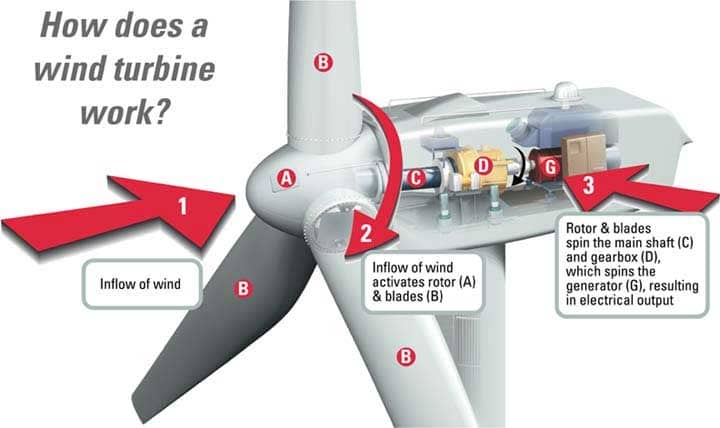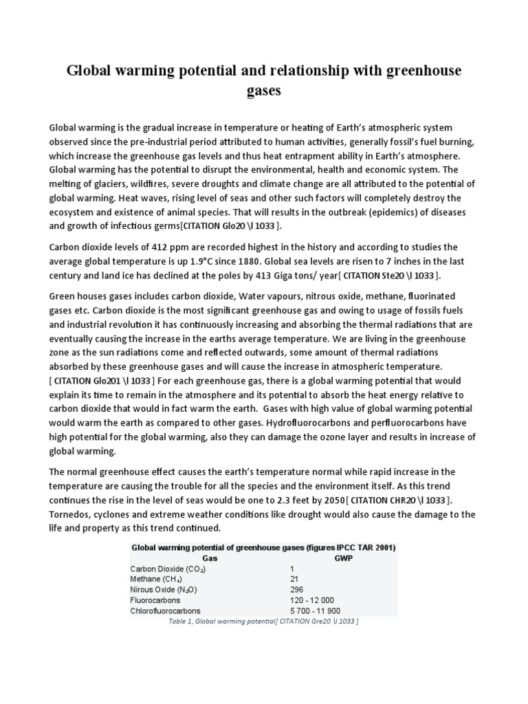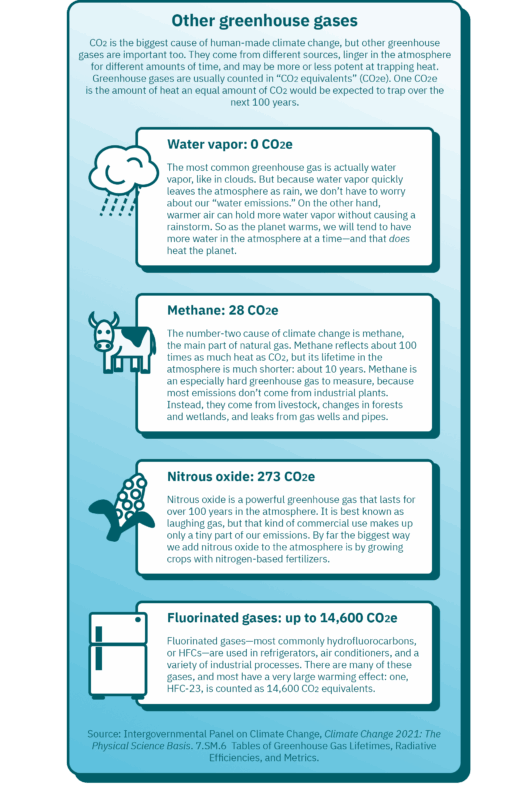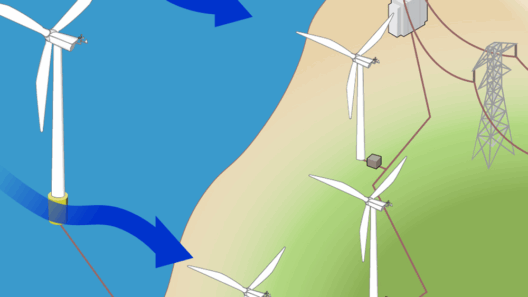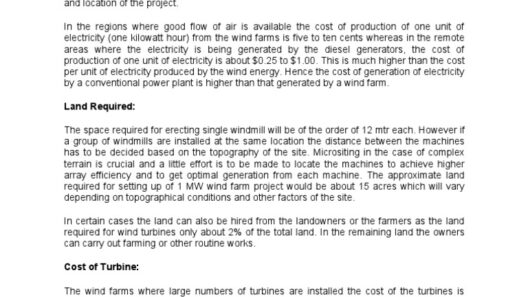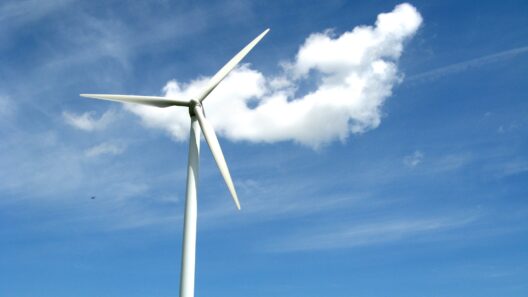At first glance, wind turbines appear as elegant sentinels, their elongated blades slicing through the air with a grace that belies their formidable engineering prowess. Each turbine is not merely a structure; it is a complex symphony of design and technology, harmoniously converting the kinetic energy of wind into electricity. This transformation is an intricate dance of mechanics and aerodynamics, embodying the very essence of renewable energy.
The journey of this conversion begins with a fundamental understanding of the wind itself. Wind, a phenomenon created by the uneven heating of the Earth’s surface by the sun, carries immense energy. As it travels, it can reach incredible speeds, creating opportunities for energy harnessing that are as vast as the skies themselves. Harnessing this power involves a series of engineered components, each playing a vital role in the orchestration of energy production.
The Heart of the Turbine: Key Components Explained
At the crux of wind turbine technology is a carefully curated ensemble of components working in unity. The turbine’s anatomy begins with the rotor, which comprises two to three aerodynamic blades attached to a central hub. These blades are not arbitrary; their design is meticulously crafted to capture the maximum flow of wind. When wind strikes the blades, it generates lift, causing the rotor to spin. This motion activates the generator nestled within the nacelle, the structure that houses the heart of the turbine’s operation.
The rotor’s effectiveness is contingent upon its size and material. Typically constructed from lightweight composites such as fiberglass or carbon fiber, the blades can span lengths exceeding 200 feet. The larger the blades, the greater the surface area available for wind capture, ultimately transforming the whispers of the breeze into a robust energy flow. Each rotation is akin to a maestro guiding an orchestra, where every part must perform in concert to achieve the desired symphonic result of electricity generation.
Translating Motion into Power: The Role of the Generator
As the rotor spins, mechanical energy is conveyed to the generator through a series of gears. Here, the transformation occurs: the generator converts mechanical energy into electrical energy. This transition is facilitated by electromagnetism—a principle discovered in the early 19th century that describes how a moving magnetic field can induce an electric current. Equipped with powerful magnets, generators within wind turbines exploit this principle, generating electricity as they harness the mechanical energy produced by the rotor.
The relationship between the rotor and the generator is that of a powerhouse to its engine. Just as a finely tuned engine must align perfectly with the vehicle it propels, the efficiency of energy conversion in a wind turbine depends on the synchronization between rotor speed and generator capacity. Typically, modern wind turbines operate at variable speeds, adjustment that ensures optimal performance regardless of wind conditions.
From Wind to Wire: The Path of Electricity
Once generated, electricity does not simply emerge ready for consumption. It must travel through a series of transformers that increase voltage levels, allowing it to be transmitted efficiently over long distances, akin to a river flowing toward its ocean. The intricacies involved in this transfer are astounding; they represent a seamless transition from mechanical motion into a versatile form of energy usable in homes and industries alike.
Moreover, modern wind energy systems incorporate smart grid technologies that integrate renewable energy sources into existing power networks. This methodology amplifies efficiency, enabling utilities to balance supply and demand dynamically. No longer are wind turbines isolated units; they are now crucial components of a broader energy ecosystem that champions sustainability.
Engineering Challenges and Innovations
The path of wind turbine technology is not without its hurdles. Engineers are continually seeking breakthroughs in design to enhance efficiency, operability in adverse conditions, and durability. For instance, recent advancements in materials science have yielded turbines capable of withstanding extreme weather phenomena while still operating effectively. Innovations such as vertical-axis turbines have emerged, offering additional options for energy capture in urban locales where space is limited.
Furthermore, addressing the intermittency of wind—its unpredictable nature—has prompted the integration of battery storage solutions, allowing excess energy produced during strong wind conditions to be stored for future use. This versatility represents a significant leap toward making wind a reliable component of our energy mix, diminishing the reliance on fossil fuels.
The Future of Wind Power: A Sustainable Endeavor
As society confronts climate change and the dire need for sustainable energy practices, wind power stands out as a beacon of hope. The engineering behind wind turbines exemplifies the marriage of innovation and environmental stewardship, demonstrating a commitment to harnessing nature’s bounty without compromising the planet.
In conclusion, the elegance of wind turbines lies not only in their design but in the meticulous engineering that enables them to convert the ordinary into the extraordinary. They serve as a reminder that even in the age of advanced technology, nature remains an indomitable force—a partner in our quest for a sustainable future. With every gust of wind, we are reminded that progress does not have to come at the expense of our environment; rather, it can enhance our relationship with the world around us, creating a renewable legacy for generations to come.
